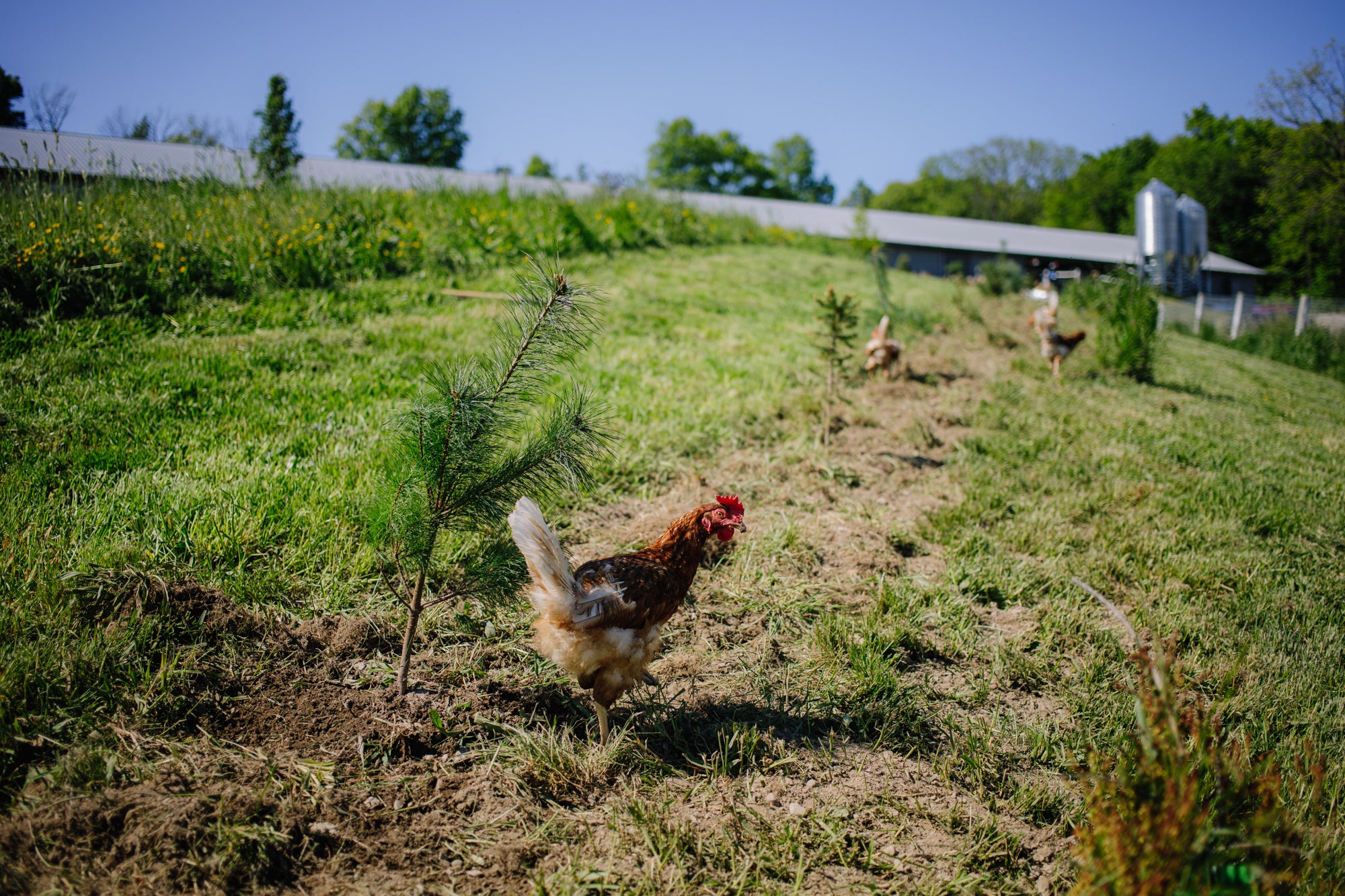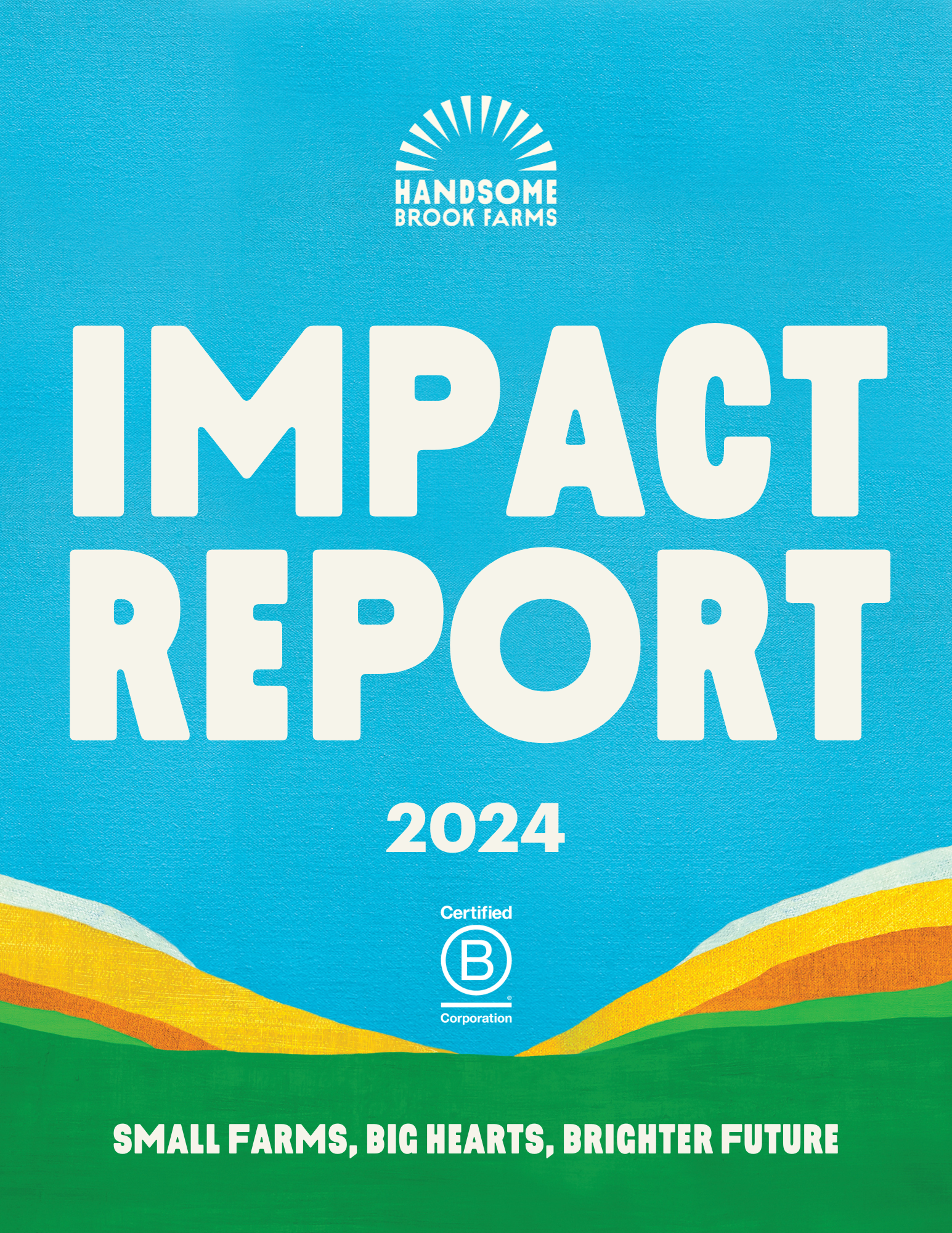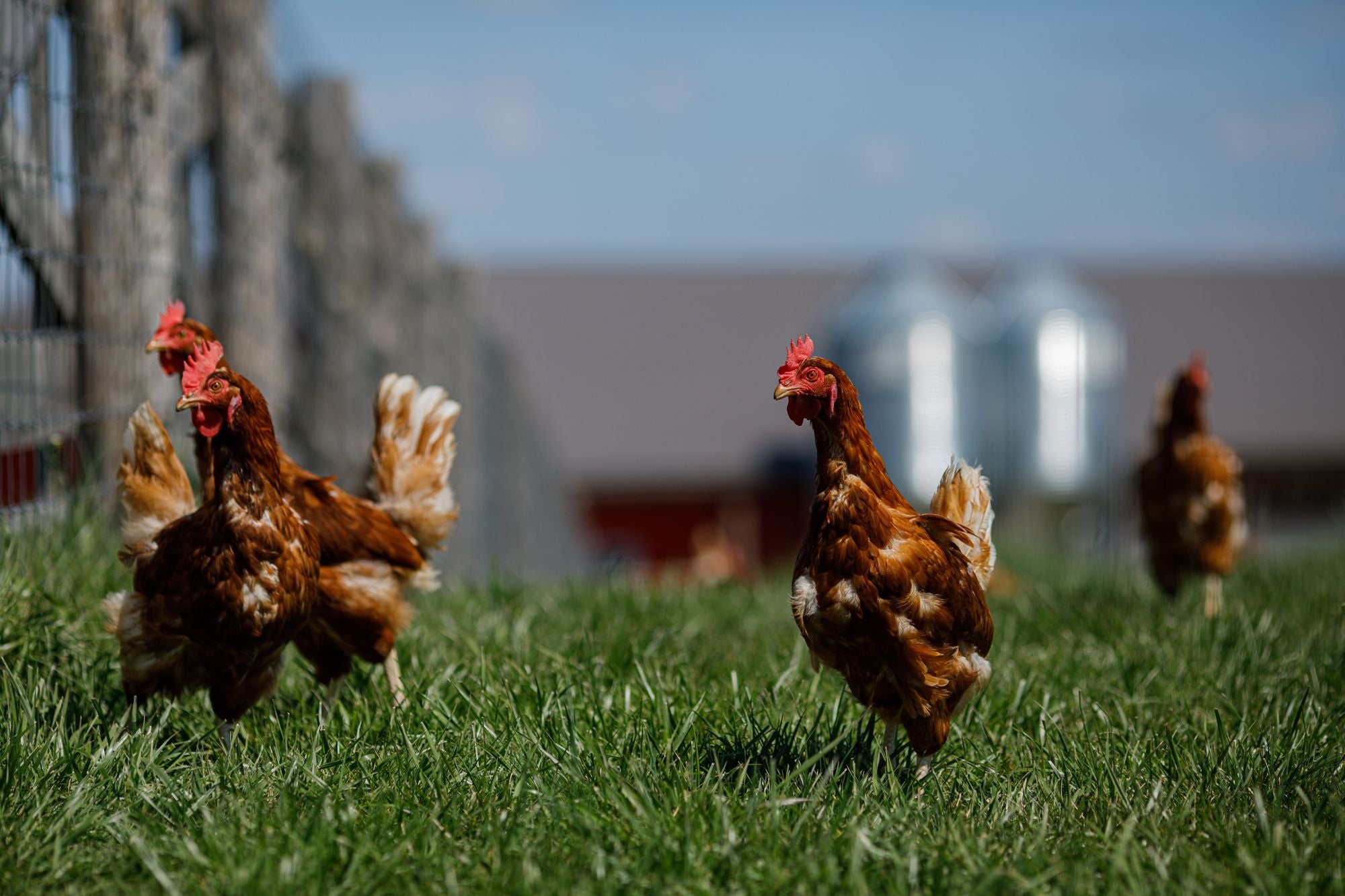What does "Regenerative Agriculture" Actually Mean?

If you've encountered the term "regenerative" before but find its meaning elusive, you're not alone. This buzzword, permeating our conversations about the environment, food, and brands, often lacks clarity. Despite its popularity, the practices underlying regenerative farming remain somewhat ambiguous, constantly evolving.
Regenerative agriculture, contrary to its contemporary image, has roots dating back centuries. Originating from the holistic and restorative practices of Black and Indigenous communities, it's crucial to recognize that regenerative farming is not a novel concept. Unfortunately, the rich history and thought leadership from these communities have been overshadowed by discussions neglecting this vital context.
So, what does "regenerative" actually mean? At its core, any action—whether an addition or subtraction—that aims to restore balance to the Earth can be classified as regenerative. Think of it as synonymous with "restorative." The objective is to bring land, air, and water back to their healthiest, most balanced states.
Farming, in its various forms, often deviates from nature's intended course. While some farming methods align more closely with natural systems, most disrupt the original ecosystem. To ensure the Earth remains healthy for centuries to come, it's imperative to acknowledge and address these disruptions, striving for a sustainable balance by not excessively taking or adding any single ingredient to the Earth's natural ecosystem.
Addressing the challenges posed by farming practices, it's essential to understand what throws us off course. For instance, even seemingly gentle practices like those of pasture-raised hens can have mild destructive effects if not managed carefully. Hens, with their penchant for grazing on pasture grasses, exploring with sharp beaks, and creating dust baths, can impact the environment.
To counteract these effects, regenerative farming employs various strategies, encompassing terms like "rotational grazing," "biodiversity," "cover crops," "soil fertility," and "crop rotation." These terms all converge on one essential goal: restoring balance.
At HBF, efforts are concentrated in three main categories:
Restoring Pasture
This involves planting and "square dancing" for hens. Regular restoration of grass and plants, along with preventative measures to avoid overgrazing, ensures the health of the pasture. Techniques like rotational grazing, where paddocks are fenced off to prevent over-depletion of one area, contribute to maintaining biodiversity and soil health.
Restoring Soil
The health of the soil is paramount in regenerative farming. Cover crops and trees are planted to prevent soil erosion, and gutters are installed to manage stormwater. Proper gutters and downspouts facilitate gradual water flow, preventing water from repeatedly landing in one spot and deteriorating soil quality.
Reaching Goals
Recognizing that each farm is unique, regenerative practices are tailored to different terrains and structures. Setting solid and attainable goals is crucial, and at HBF, there is a commitment to creating a community of farmers who learn from each other on the journey toward a more sustainable future.
In essence, regenerative farming is a dance with nature, a careful choreography aimed at restoring and maintaining balance in our ecosystems. Through thoughtful practices and a commitment to shared learning, the regenerative farming community seeks a sustainable and harmonious coexistence with the Earth.



